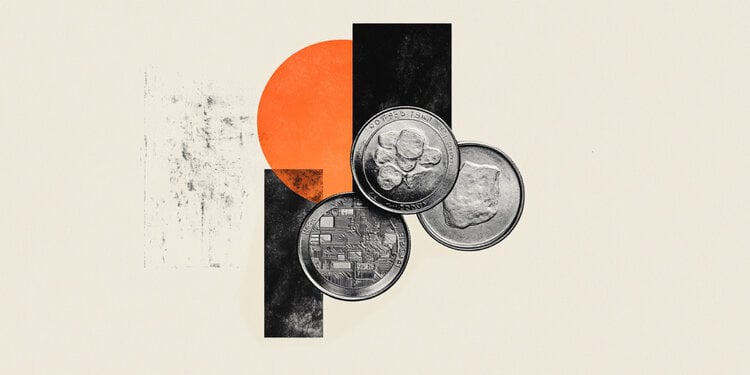The development of new medicines is time-consuming and expensive, in addition to using live animals in some stages of their testing. However, the scenario is changing thanks to organs on chips (or organ on a chipOOC, in English).
Traditionally, the first stage of development consists of cells cultured in dishes or crates, known as in vitro. Then, tests begin on animals such as mice, rabbits and dogs, with the stage called in vivo. It is only after 10 to 15 years, on average, that tests are carried out on humans.
However, results in animals often do not reflect the same in humans – medicines may appear safe in animals, but are harmful or ineffective in people.
The technology of organs on chips, formed by living cells from human organs and blood vessels, with natural tissues in miniature, is capable of imitating functions that change from an animal species to the human, allowing for more assertive results in people and greater knowledge about how diseases and medications can interact individually.
However, the total change in animal testing must happen gradually and completely over the next few years, as some phases of specific medicines still require this step.
The technology then allows more accurate results for each type of disease, such as kidney and lung disease, without using excess live animals, in a shorter time for the medicines to reach the market.
Organs on chips on the market
The Wyss Institute at Harvard University, a research and development center, created 15 microphysiological models of living human organs (lung, liver, intestine, kidney, skin, bone marrow and reproductive system with uterus) and also showed that it is possible to connect up to ten organs different types on a single chip to understand how they relate to each other.
Researchers from the same institution also launched, in 2014, the Emulate, Inc. , to develop and commercialize the technology on the market. Now the biotechnology company conducts research into a variety of human diseases and possible treatments, such as influenza, malnutrition, Covid-19 and radiation exposure.
First organ on a chip
Just over two decades ago, chemist Suichi Takayama (current Georgia Research Alliance Eminent Scholar professor in the United States) showed that putting organs on a chip was possible.
It was by observing the viruses and harm caused by smoking in the lung that he, alongside his then student and future bioengineer Dan Huh, obtained a lung on a chip, considered the first OOC.
This is one of the good news CNN Good News the weekly positive news program that airs every Friday at 8pm on CNN Pop's YouTube.
Adopt Vica
Good news and discoveries go well with cute puppies. With each program, a new “class” of dogs waiting for a new family joins the cast.
The objective is to encourage, in partnership with the Adote Vica center, the responsible adoption of rescued and abandoned puppies.
To find out more, check out the information on the center's official page.
Source: CNN Brasil
I am an experienced journalist and writer with a career in the news industry. My focus is on covering Top News stories for World Stock Market, where I provide comprehensive analysis and commentary on markets around the world. I have expertise in writing both long-form articles and shorter pieces that deliver timely, relevant updates to readers.







